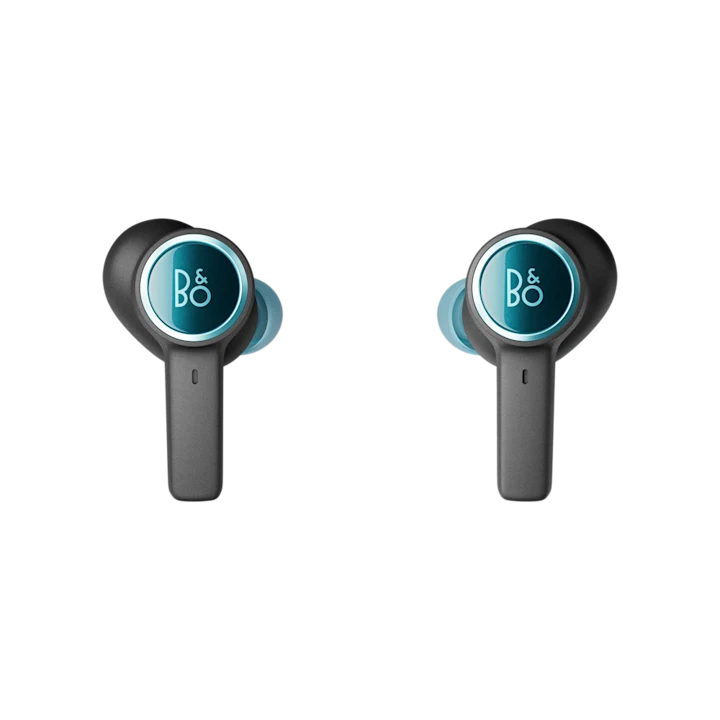Scoop Away Complete Performance Fresh Scented Clumping Clay Cat Litter, 10.5-lb bag, pack of 4
This scented cat litter offers up to 10 days of odor control with Ammonia Shield technology plus added plant extracts. Scoop Away Complete Performance is 99.9% dust free, offering a more pleasant experience for you and your cat.
- This scented cat litter offers up to 10 days of odor control with Ammonia Shield technology plus added plant extracts.
- Scoop Away Complete Performance is 99.9% dust free, offering a more pleasant experience for you and your cat.
- Forms ultra strong clumps that are easy to scoop, helping prevent stinky crumbles from being left behind.
- This clumping kitty litter comes in compact packs that make the litter easy to carry, pour, and store.
- Made for tough litter box odors, this scented Scoop Away cat litter is created to help eliminate odors from urine and feces.
Additional information
| Item Number | 157668 |
|---|---|
| Weight | 42 pounds |
| Lifestage | All Lifestages, Adult |
| Litter Material | Clay |
| Litter Feature | Scented, Clumping, Odor Control, Multi-Cat |






by Mary
I have trouble with the 23 lb and heavier litter boxes. I love scoop away, best for clumping, less dust and odor.
by Smudge
I have three cats and this is the best brand for controlling odor. Any time I have tried different brands in the past and there is always and odor and poor clumping. Scoop Away is the BEST brand out there.
by Mike
We have been using Scoop Away for years. We purchased it at one of our wholesale clubs, when they had it. They had a few weeks where they did not have it in stock, so I sought an alternative at Samuel’s Club, their in-house brand. It worked so poorly that I was convinced it wasn’t a clumping litter. Thank God I found the litter my cat’s and I prefer, and it gets shipped to my door! No more crazy lost days at the Wholesale Club to get cat litter! Each 42-pound package of litter was individually boxed in a sturdy cardboard box with strong structural enhancements to keep the product from breaking out of the box!
by Steve
LOVE these 4 cat litter bags in this order!!! It sure makes it so easy to handle!!! I’m an older lady and the regular 20 lb bags are so heavy!!!! Thanks TIDY CAT.
by Linndy
Love the convenience of the smaller bags at a reasonable price. Easy for a senior to use and works great.
by Julie
My cats have been using Scoop Away litter for more than 10 years. For the last year I’ve noticed an inconsistency in the product I’ve received. This last order was just like it used to be and I’m so thankful. No glue like clay stuck to the litter box and the oder control is also back and working great!